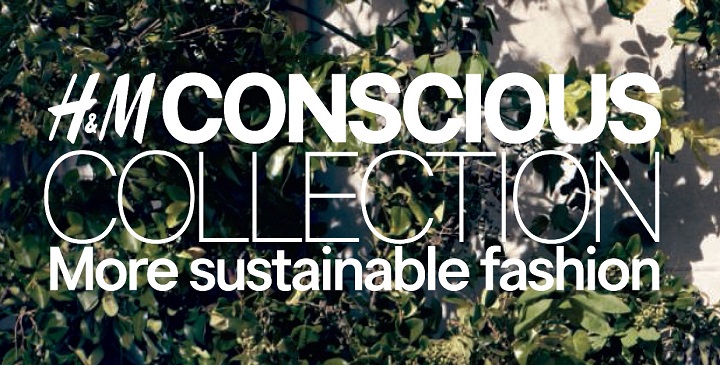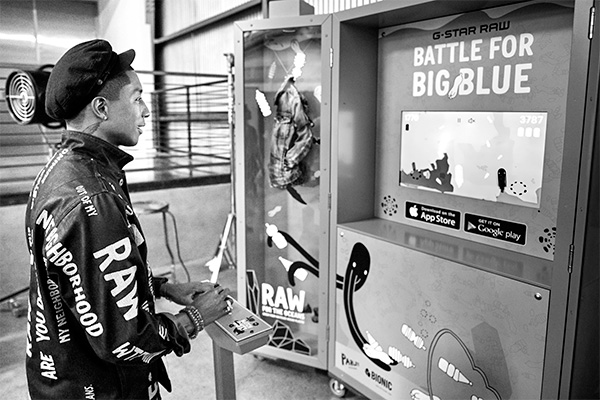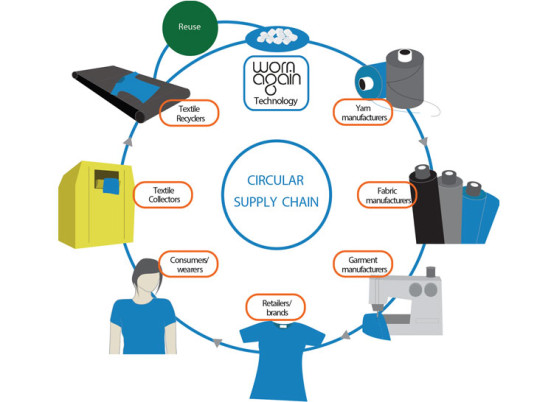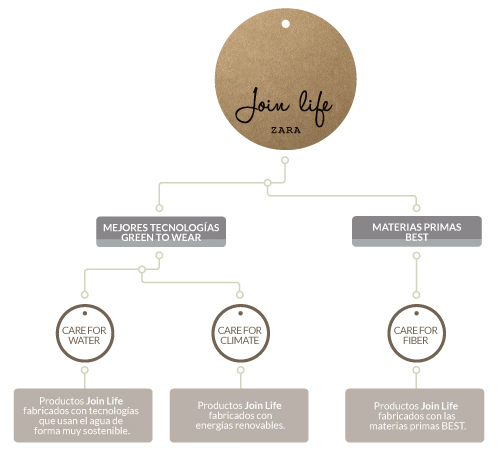Written by: Mar Cinca
Day after day critics of exacerbated consumerism grow, while natural resources dwindle. Given these circumstances, the textile industry has started to promote efforts to protect said resources. From initiatives to re-purpose used clothing, to scholarships for the development of innovative projects, every brand submits new paths into a more sustainable planet.
Kering group, joined with H&M and pioneer start-up Worn Again, join forces to bring revolutionary innovation in the production and recycling of clothing.
Given that the production and demand of artificial fibers increases constantly, Worn Again has produced an innovative technology able to separate and extract polyester and cotton of used clothing items. The purpose of this separation is to create new pieces in order to establish a circular resource model for the textile industry. H&M and Kering, through PUMA, oversee the tests of this technology to demonstrate if it really can become a commercially viable recycling initiative.
Kering is, also, the producer of the film “La Glace et le Ciel“, directed by Luc Jacquet, which documents the path of Claude Lorius, a key scientist in the investigation of global warming thanks to his study of climate and glaciers.
Karl-Johan Persson, H&M‘s CEO, claims that both luxury and fast-fashion must change their ways into more sustainable procedures. That’s why the Swedish giant is a pioneer in proposals such as Close The Loop, where they aim to give a new life to items their clients bring to their stores; or also with a million dollar scholarship for those projects able to reduce the environmentally damaging impact of the textile industry.

Adidas and G-Star RAW showcase similar projects. Adidas will release “infinite” football boots, created with completely recyclable and durable material. When its lifespan is over, it can be repurposed into a new sneaker.
G-Star Raw, thanks to its RAW for the Oceans project, has picked up more than two millions of plastic containers from the ocean already, in order to turn them into fabric and clothing items. G-Star Raw also has partnered with Pharrell Williams to release a smartphone game app, “Battle for Big Blue”, where the player has to remove plastic from the five oceans.
Zara has also created a sustainable line, Join Life, thus signing up to fast-fashion ecological initiatives just like H&M did in 2011 with its Conscious line. Inditext supports its model in their Green to Wear + standard, that is applied in Zara with the aforementioned line Join Life. That’s where items get tagged depending on their characteristics in three categories: care for water, care for climate and care for fiber. All of these clothing pieces must comply with the sustainable requirements of the Green to Wear + standard.
Another perspective to keep in mind is the betterment of the productive system. In May 2015, Wolford AG became an associate of bluesign technologies ag; a global system that aims to achieve maximum transparency in the production chain by analyzing each and every textile process according to five criteria: maximum productivity of resources, consumer protection, reduction of health risks, occupational security and protection of the environment.
Undoubtedly, the sustainable and ecological conscience of the public grows because of these practices; nevertheless, it’s difficult to establish if they are simply another publicity stunt or if they are really planting the seeds of a way into the betterment of the textile industry’s conditions.








